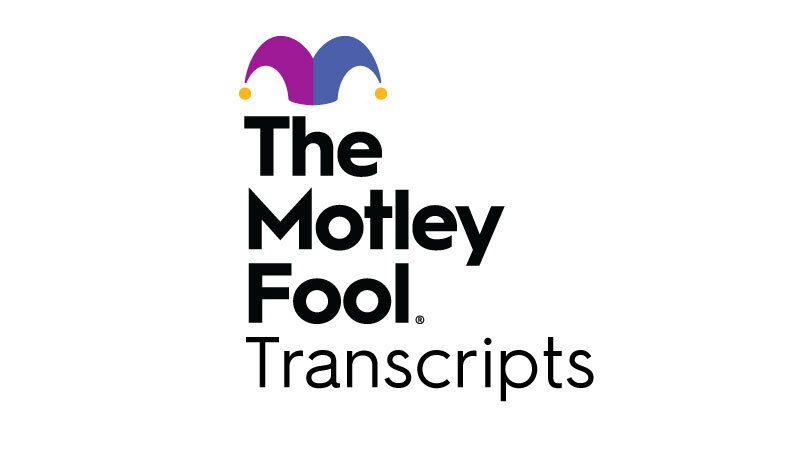
Intel (INTC) Q1 2022 Earnings Call Transcript | The Motley Fool
INTC earnings call for the period ending March 31, 2022.
Intel Q1 2022 Earnings Call
Apr 28, 2022, 5:00 p.m. ET
Intel 3, we'll see the test wafers on that with our leadership products with Sierra Forest. In fact, just today, we taped out our first Granite Rapids compute die as well. We'll have the test wafers on 20a and 18a, which we expect to be a big foundry node as well. So I'll say, overall, the technology pipeline is doing tremendously well, and really proud of our teams there.
